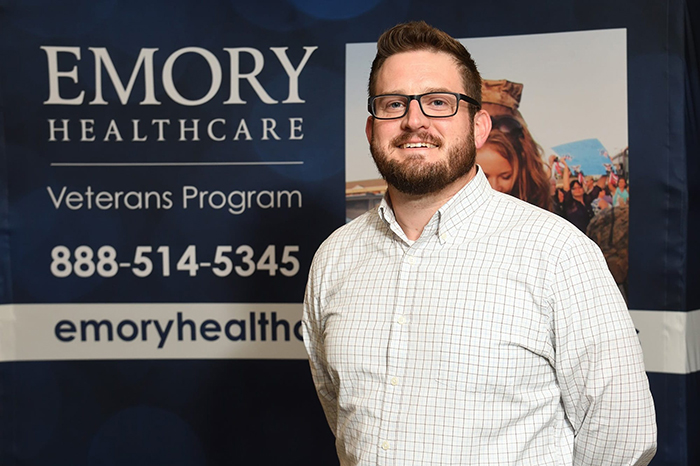There are many misconceptions about post-traumatic stress disorder (PTSD) and how it can be treated. By exploring a few fallacies about the disorder, the team at Emory Healthcare Veterans Program wants to emphasize that it is possible to heal invisible wounds through evidence-based treatment.
Misconception: There is no cure for PTSD
Believing that PTSD is incurable may be the most harmful misconception because it prevents warriors from seeking help. Life after PTSD is possible because evidence-based treatment works.
Seventy-five percent of warriors who complete treatment through Emory Healthcare Veterans Program experience a dramatic decrease in PTSD symptoms and many have shared their experience, proving that treatment works. See video testimonials.
Misconception: You can only get PTSD if you saw combat
PTSD is a disorder that can occur as a result of a traumatic event. Combat may be a source of PTSD, but it is certainly not the only one. Other life events, such as actual or threatened death, serious injury, or sexual violence, can also lead to PTSD. However, exposure to trauma does not mean that an individual will suffer from PTSD. People can react in many ways to trauma exposure, including natural recovery or resilience.
Question: My friend and I experienced the same event. Why did I get PTSD but he/she didn’t?
Most people will be exposed to some type of trauma in their lifetime; however, most will not develop PTSD. Various protective and risk factors play a role in whether individuals will develop PTSD (or another mental health diagnosis) following trauma, including environmental, genetic, and cultural factors.
Question: Why would I want to relive the memory?
PTSD is a disorder marked by avoidance, so it makes sense that facing the memory would be frightening. However, it is that very avoidance (of the memory, of traumatic reminders, of painful emotions) that helps maintain the symptoms of PTSD, such as intrusive thoughts, anxiety, and anger.
Through prolonged exposure (PE) therapy, individuals learn that the memory itself is not harmful or dangerous and that they can tolerate the distress that they’re avoiding. Through repeated exposure, individuals learn to place the memory into the appropriate context and emotionally process the event. While reliving the memory is difficult, the result of PE is a decline in the distress associated with the event and a decline in PTSD symptoms.
To learn more about the Emory Healthcare Veterans Program and stay updated, sign up for our newsletter.




